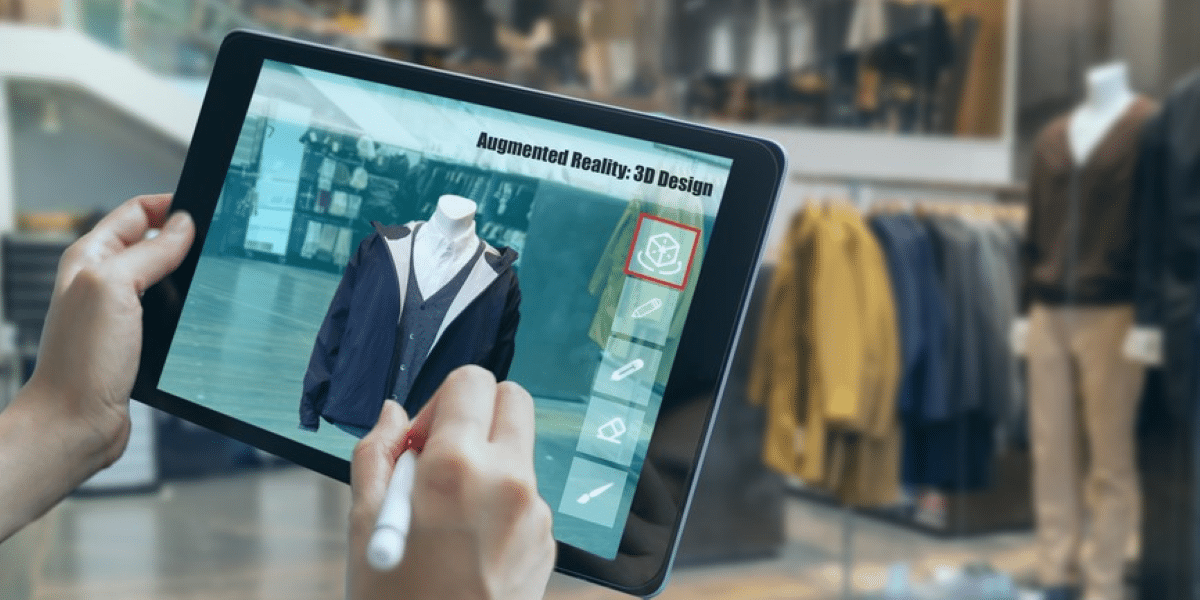Image Commercially Licensed from: Depositphotos
The fashion landscape is undergoing a profound transformation, propelled by the integration of cutting-edge technologies into the design process. This shift is not merely a quest for novelty but a strategic response to the ever-evolving demands of the industry and consumers alike.
In recent years, technology has become a driving force, unveiling new possibilities for creativity, sustainability, and efficiency in fashion design. Designers are no longer confined to traditional methods; instead, they are leveraging advanced tools to push the boundaries of what is possible.
Digitalization Redefining the Design Process
At the forefront of this revolution is the digitalization of the design process. Designers are now equipped with powerful software that enables them to conceptualize, sketch, and iterate designs seamlessly. This not only expedites the creation process but also allows for a more dynamic and collaborative approach among globally dispersed design teams.
Moreover, 3D modeling and virtual prototyping have become indispensable tools for designers. These technologies enable the creation of lifelike representations of garments, providing a realistic preview of how a design will look and function before it is physically produced. Such innovations reduce the need for physical prototypes, contributing to a more sustainable and cost-effective design process.
Sustainable Fashion Through Technological Integration
As the fashion industry grapples with the environmental impact of fast fashion, technology emerges as a key player in fostering sustainability. From the utilization of eco-friendly materials to the implementation of data-driven supply chain management, technology is instrumental in promoting ethical and sustainable practices.
One notable example is the use of blockchain technology to enhance transparency in the supply chain. By providing a comprehensive and immutable record of each stage of production, blockchain ensures that consumers can make informed choices about the products they purchase. This aligns seamlessly with the value of transparency, a principle that resonates strongly in the contemporary fashion landscape.
Personalization and Consumer Engagement
Technology has also redefined the relationship between fashion designers and consumers. With the advent of augmented reality (AR) and virtual reality (VR), consumers can now engage with fashion in unprecedented ways. Virtual try-on experiences, for instance, empower individuals to visualize how a garment will look on them before making a purchase, reducing the likelihood of returns and enhancing overall satisfaction.
The Future Landscape of Fashion Design
As technology continues to evolve, the future of fashion design holds exciting possibilities. From the integration of artificial intelligence in trend forecasting to the use of advanced robotics in garment production, the fashion industry stands on the brink of a new era.
The impact of technology on fashion design is a compelling narrative of innovation, sustainability, and enhanced consumer experiences. Designers who embrace these technological advancements are not only adapting to the current demands of the industry but are also actively shaping its future. As the fashion saga unfolds, technology remains an ever-present and transformative force, reshaping the way we perceive, create, and engage with fashion.






